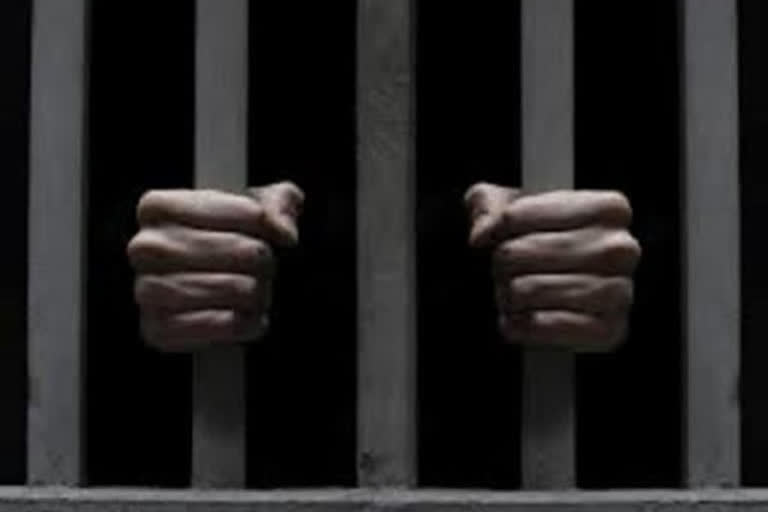Hyderabad: When the coronavirus pandemic hit the country last year, the government advised the citizens to follow the social distancing norms strictly in order to curb the spread of the deadly virus. Ironically, this could not be followed in the judicial system as the Indian Justice Report 2020 claimed that nearly 55 prisoners are sharing a single room, making the social distancing a toss.
The Supreme Court in its order on March 23, directed all states and Union Territories to constitute high-level committees to consider releasing on parole or interim bail prisoners and undertrials for offences entailing up to 7-year jail term to decongest prisons in the wake of coronavirus pandemic.
It said overcrowding of prisons is a matter of serious concern, particularly in the present context of coronavirus (COVID 19).
Number of prisons has come down from 1,412 to 1,350
While the overall prison population has grown to 4,78,600 (Pre-Sentence Investigation report- PSI 2019) from 4,33,003 (PSI 2016) the number of prisons has come down from 1,412 to 1,350. Several unsustainable sub-jails have been closed down, and their populations must now necessarily be assimilated into the nearest district or central prisons. It is no surprise then that overcrowding is at 19 per cent, a jump of 5 percentage points from 2016 figures.
What leads overpopulation in jails?
According to the reports, unnecessary arrests, conservative approaches to granting bail, uncertain access to legal aid, delays at trial, as well as the inefficacy of monitoring mechanisms such as Under Trial Review Committees continue to contribute to overcrowding.
The most overcrowded prisons are in Delhi (175 per cent), Uttar Pradesh (168 per cent), and Uttarakhand (159 per cent).
